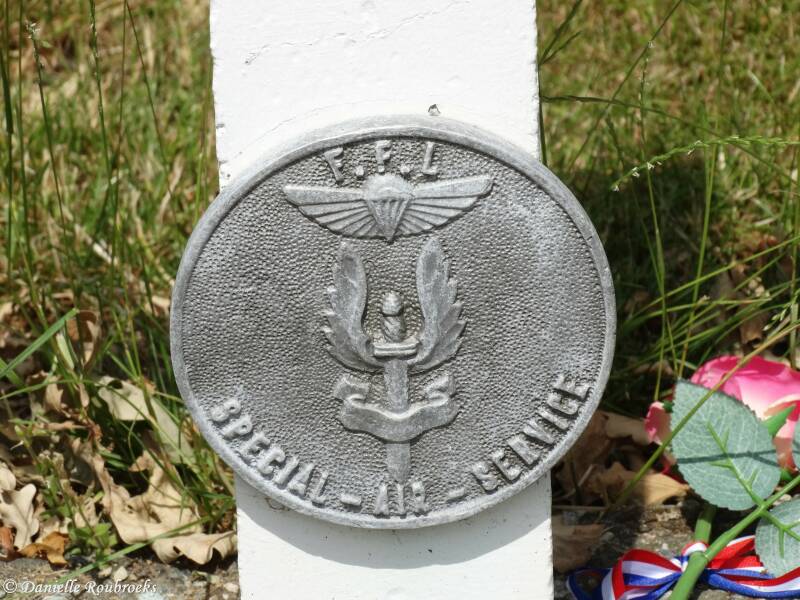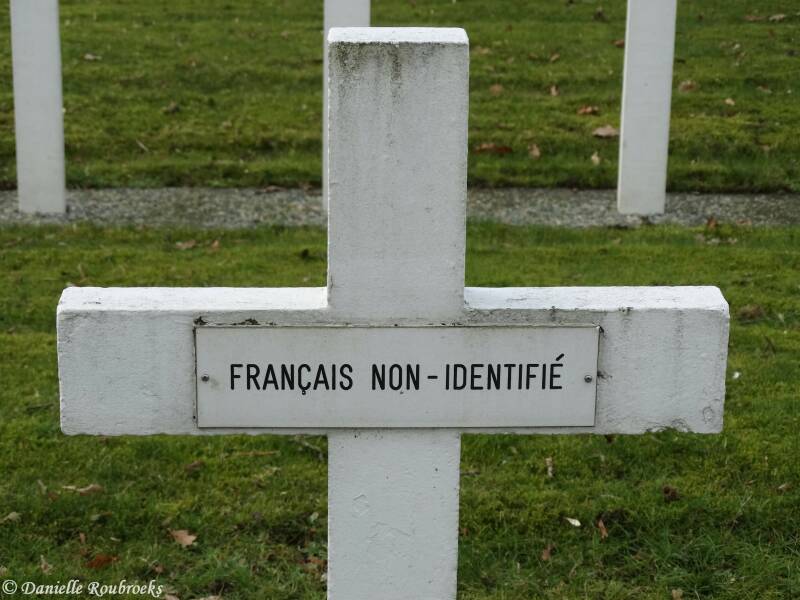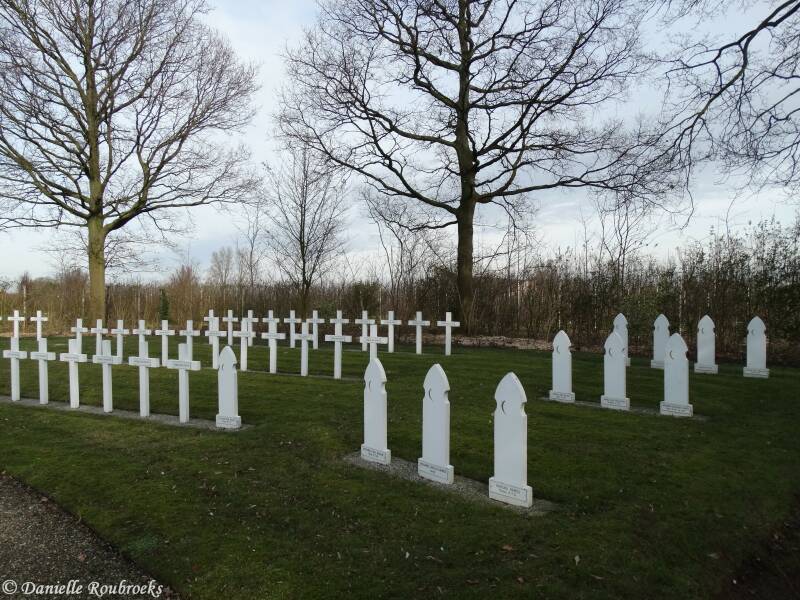Kapelle French War Cemetery
Historical Information
229 French soldiers who died in the Netherlands in World War II are buried on this plot. France came to the Netherlands as an Allied ally during the war days in May 1940.
A large number of soldiers of the 60th and 68th division D'infanterie died in this province during the German attack on South Beveland and Walcheren. The French fought there even after the Dutch capitulation on May 14, 1940 from which Zeeland was excluded, in the positions near the canal through Zuid-Beveland, in the defense of the Sloedam and Arnemuiden and Vlissingen. In fierce rearguard action to secure the crossing of the French troops to Breskens, one of the division commanders died at Vlissingen. On February 28, 1944, a reconnaissance operation took place to German coastal fortifications north of Scheveningen. It was carried out by six members of the 1st battalion of the Fusiliers Marine commandos (No. 10 Interallied Command), who all died. Their commander, a captain of the marines and a command stayed here in this earth. At the beach of the Wassenaar battle, a memorial commemorates this commando action.
This site also contains a number of graves of soldiers of the 2nd and 3rd regiment of chasseurs paratroopers, who died in April 1945 during the liberation of the Netherlands in Drenthe, where they had jumped behind the German lines for the advancing Allied troops. Their banner was decorated with the Dutch bravery award DE BRONZEN LION.
"North African soldiers in the French army
The French army traditionally consisted of soldiers of various nationalities.
French colonies in North Africa provided many immigrant troops. In some army units complete Moroccan and Algerian regiments were created. In Zeeland, these regiments did not participate in the fighting in May 1940. North African soldiers served here in regular army units. When the French army collapsed in May 1940, tens of thousands fled from Dunkirk to England. German planes sunk several ships with troops in the canal. Most of the passengers drowned. Many of the remains of French soldiers buried in this cemetery washed up on the Dutch coast in the summer of 1940. About a hundred of them had no identification whatsoever. Most soldiers of North African origin who are buried here also died in the sea. Some died on Dutch soil later in the war. The North African military are honored with a crescent-shaped monument in the shape of a crescent.
































